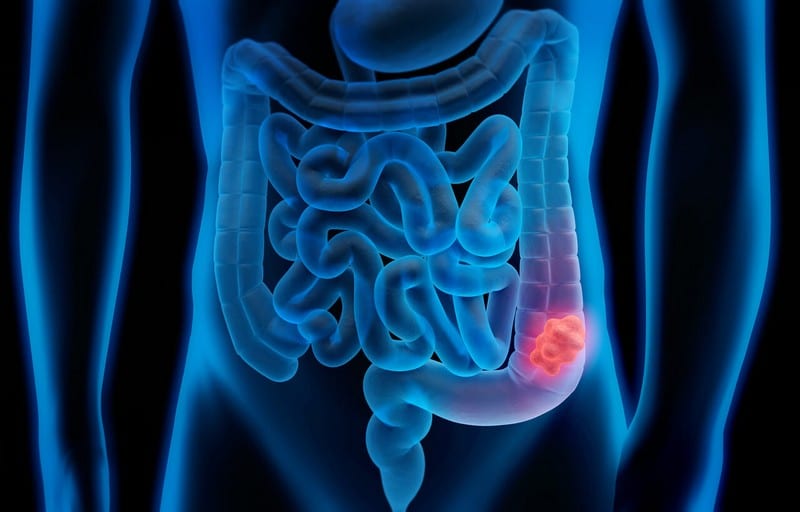Colorectal Cancer

According to a family-based study from 2014, Fordyce spots were present in the mouths of all participants who had a hereditary form of colorectal cancer. The scientists theorize that the existence of Fordyce spots could aid medical professionals in identifying families who are more likely to have this type of cancer.
Colorectal cancer syndrome, known as hereditary nonpolyposis, is inherited by an autosomal dominant mechanism and is defined by the occurrence of extracolonic malignancies in addition to colorectal cancer. In a family with members with hereditary nonpolyposis colorectal cancer, the study was the first to discover dento-osseous deformities and the second to spot Fordyce granules.
The familial analysis confirmed the existence of Fordyce granules in all patients with hereditary nonpolyposis colorectal cancer and the presence of substantial dento-osseous abnormalities in one of these cases. However, more research on the link between hereditary nonpolyposis colorectal cancer and oral symptoms is needed.
Topical tretinoin and bichloracetic acid are topical therapies for Fordyce spots that can reduce or disappear. Doctors might advise combining these topical therapies with laser procedures. However, they could cause side effects, including irritation and burning.










